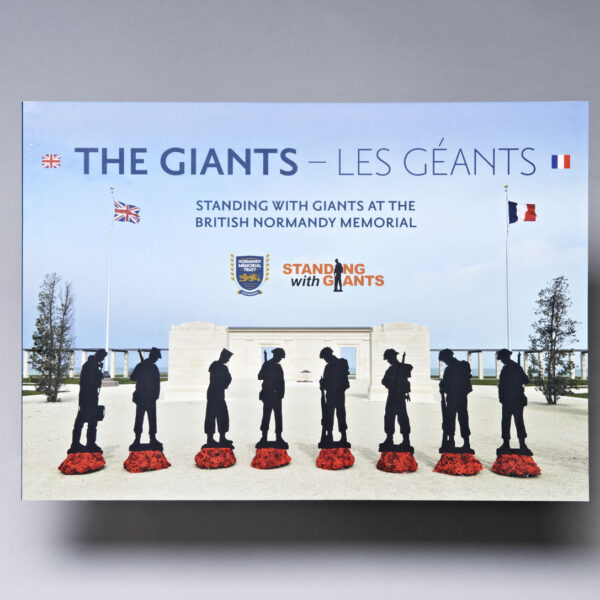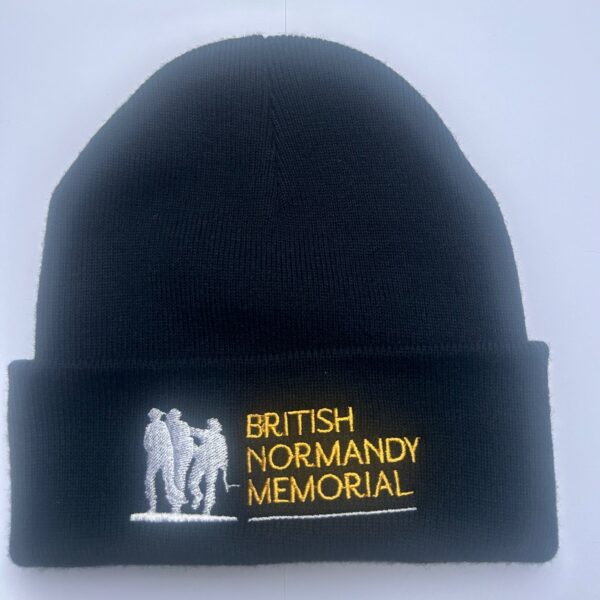
Gilbert Trevelyan "Jimmy" Bartlett
This story is shared by the Trust with kind permission from John Hamblin, Researcher.
Gilbert Trevelyan Bartlett, Lieutenant 179757, D Company, 7th Battalion, Royal Norfolk Regiment. Killed in action on the 8th of July 1944, aged 23.
Gilbert Trevelyan "Jimmy" Bartlett was born in Nottinghamshire on the 12th of May 1921, the only son of the Reverend Gilbert Harrison Bartlett MA, Rector of Fulmodeston, and Louisa Trevelyan Bartlett (née Dale) of the Rectory, Fulmodeston in Norfolk. He was educated at Gresham's School where he was in Kenwyn and Old School House from September 1931 to 1939.
On leaving school he joined a construction excavation company as an engineering apprentice and lodged at 242, West Parade, Lincoln before enlisting in the army. He attended the 162nd (HAC) Officer Cadet Training Unit at Lanark from where he was commissioned as a 2nd Lieutenant in the Royal Norfolk Regiment on the 22nd of March 1941.
The 7th Battalion, Royal Norfolk Regiment landed at Normandy in four groups, the largest of which landed at Bernières-sur-Mer on the 28th of June 1944. The Battalion was at Le Manoir when it received orders to take part in Operation Charnwood, an attempt to capture the city of Caen, which was to begin on the morning of the 8th of July. On the night of the 7th of July the battalion moved up to positions in a wood, some 800 yards from Château de la Londe where they dug in, in preparation for the attack. Their objective was the capture of the German held village of Epron with the approach being across some 300 yards of open corn fields where the corn was standing two feet high. The Battalion was to be in the second phase of the overall attack.
The Battalion was deployed with A Company on the left, C Company on the right and B Company designated as “moppers up” just behind them. D Company was to be in reserve, with the Carrier Platoon, protecting the left flank. Tank support was to be provided by C Squadron, 13th/18th Hussars. During the night of the 7th of July 1944 483 aircraft from Bomber Command dropped 2,000 tons of bombs on the German defences outside the city but, in the event, most of the bombs fell on Caen itself. The operation was supported from offshore by fire from the battleship HMS Rodney and, at 4.30am, she was joined in the bombardment by a heavy barrage from the British artillery.
The day started quietly for the Battalion but, when the first phase of the attack began, defensive German artillery fire knocked out the vehicle of the forward artillery observation officer and cut communications with the Battalion’s fire support. The leading companies crossed the start line at 7.30am to begin their advance. As soon as they showed themselves they came under heavy enemy fire from high ground on their left, with A Company being forced to go to ground in the crops after taking heavy casualties.
With enemy mortar and artillery fire falling across the line of advance all forward movement stopped. This was joined by machine gun fire from Spandaus which were positioned in the surrounding hedgerows and ditches near La Bijude, with the supporting tanks being blinded by the thick smoke which was by now drifting across the area. Not knowing the full extent of the resistance being encountered by his assaulting companies, but assuming that they had run into trouble, the commanding officer sent B Company forward under the cover of a smoke barrage fired by the tanks. Before very long, B Company too was pinned down and suffering casualties. It soon became clear that the attack on La Bijude by the 6th Battalion, North Staffordshire Regiment had failed and it was decided that the village would have to be captured by the Norfolks before the attack on Epron could continue.
For this attack D Company was moved forward from the Chateau and, under the cover of a supporting artillery barrage, they began their advance at 2pm. In spite of heavy enemy resistance and the loss of their command tank to a Panzerfaust, D Company made steady progress amid mounting casualties. Gilbert Bartlett’s platoon, on the right of the Company’s advance was held up by heavy Spandau fire from the south side of the village and he decided to go forward on his own to knock out one of the German machine gun positions. He succeeded in destroying the enemy post but was killed in so doing.
After an hour of fighting the village was captured with D Company having two officers and sixty five men remaining. With La Bijude captured the attack on Epron resumed and it fell during the late evening. The Battalion had suffered casualties of three officers and thirty one other ranks killed with seven officers and one hundred and eleven other ranks wounded.
Gilbert Bartlett is buried at Cambe-en-Plaine War Cemetery Row H Grave 6. He was Mentioned in Despatches for: - "Gallant and distinguished services in North West Europe", which was announced by the War Office on the 22nd of March 1945. He is commemorated on the war memorial at Gresham’s School and on a prayer desk at Christ Church, Fulmodeston.
British Normandy Memorial - Additional Information
Unfortunately, we do not have a photo of Gilbert Bartlett. If you are aware of one, or you are related to Gilbert, we would love to hear from you so we can add to his story.
FALLEN HEROES
GILBERT TREVELYAN BARTLETT
Army • LIEUTENANT
Royal Norfolk Regiment
7th BattalionDIED | 08 July 1944
AGE | 23
SERVICE NO. | 179757
FALLEN HEROES
GILBERT TREVELYAN BARTLETT
Army • LIEUTENANT
Royal Norfolk Regiment
7th BattalionDIED | 08 July 1944
AGE | 23
SERVICE NO. | 179757







